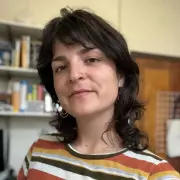– Europe/Lisbon
Online

Maxine Calle, University of Pennsylvania
To be announced

To be announced

To be announced
Joint seminar with University of Vienna mathematical physics group.

To be announced
Exact day and time to be confirmed.